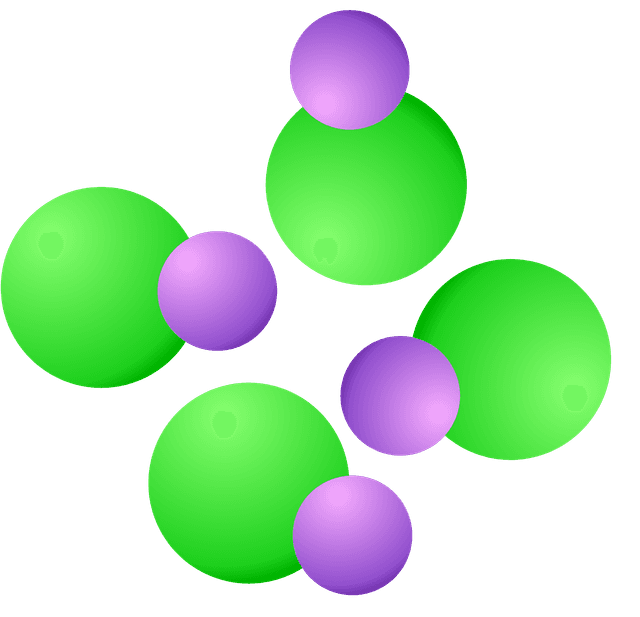Myths about teaching can hold you back
- Year 8
Compounds and their formation
I can explain the difference between a compound and an element.
- Year 8
Compounds and their formation
I can explain the difference between a compound and an element.
These resources were made for remote use during the pandemic, not classroom teaching.
Switch to our new teaching resources now - designed by teachers and leading subject experts, and tested in classrooms.
Lesson details
Key learning points
- A compound is made of two or more different elements chemically bonded through a chemical reaction.
- A compound may have different properties to each of the elements that it is made from.
Keywords
Chemical compound - A substance made by a chemical reaction where two or more different elements chemically bond together.
Chemical bond - A strong force that holds atoms together in a compound. A chemical bond takes lots of energy to overcome and break.
Common misconception
Compounds will have the same properties as the elements from which they are made.
Compounds usually have completely different properties from the elements from which they are made.
To help you plan your year 8 science lesson on: Compounds and their formation, download all teaching resources for free and adapt to suit your pupils' needs...
To help you plan your year 8 science lesson on: Compounds and their formation, download all teaching resources for free and adapt to suit your pupils' needs.
The starter quiz will activate and check your pupils' prior knowledge, with versions available both with and without answers in PDF format.
We use learning cycles to break down learning into key concepts or ideas linked to the learning outcome. Each learning cycle features explanations with checks for understanding and practice tasks with feedback. All of this is found in our slide decks, ready for you to download and edit. The practice tasks are also available as printable worksheets and some lessons have additional materials with extra material you might need for teaching the lesson.
The assessment exit quiz will test your pupils' understanding of the key learning points.
Our video is a tool for planning, showing how other teachers might teach the lesson, offering helpful tips, modelled explanations and inspiration for your own delivery in the classroom. Plus, you can set it as homework or revision for pupils and keep their learning on track by sharing an online pupil version of this lesson.
Explore more key stage 3 science lessons from the Atoms, elements and compounds unit, dive into the full secondary science curriculum, or learn more about lesson planning.

Equipment
Licence
Prior knowledge starter quiz
6 Questions
Q1.What does each element on the periodic table represent?
Q2.According to Dalton's atomic theory, what is an atom?
Q3.What is a chemical bond?
Q4.Which of the following are the correct symbols for the elements stated?
Q5.Which of the following is a pure substance?
Q6.All matter is made up of...
Assessment exit quiz
6 Questions
Q1.What defines a chemical compound?
Q2.In a chemical reaction, what happens when a chemical bond is formed?
Q3.Which of the following words can be used to describe the following substance? Look at the diagram below.



